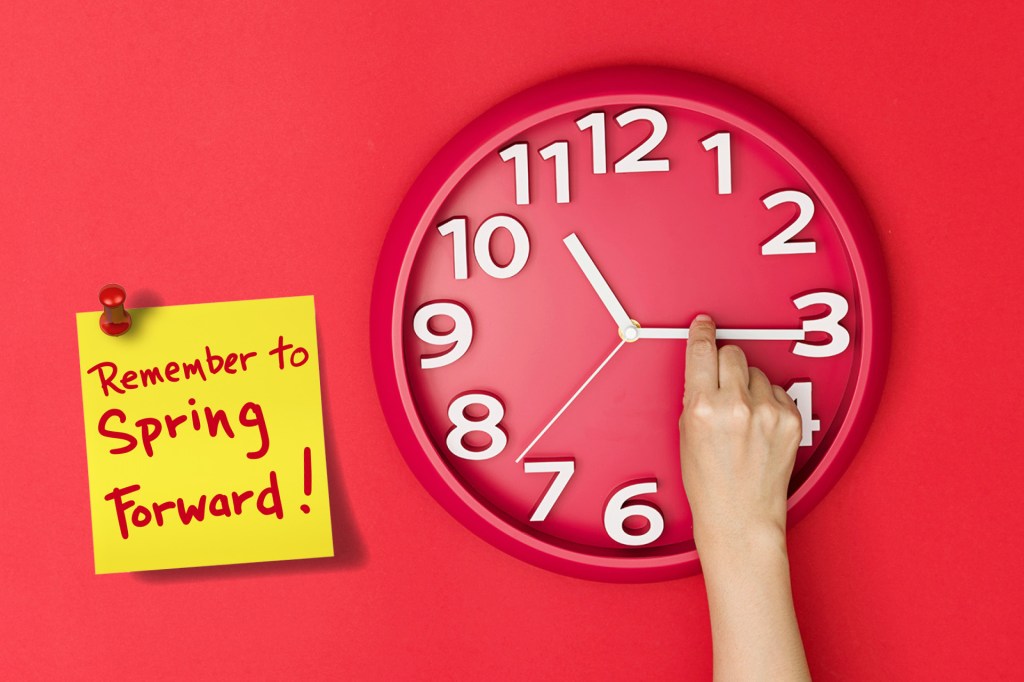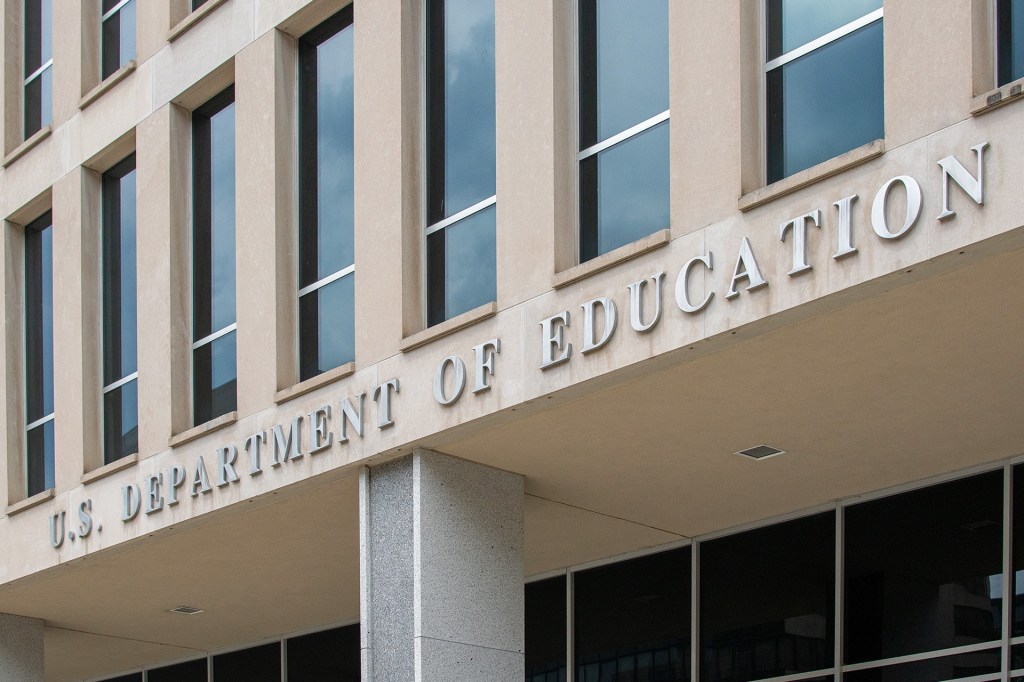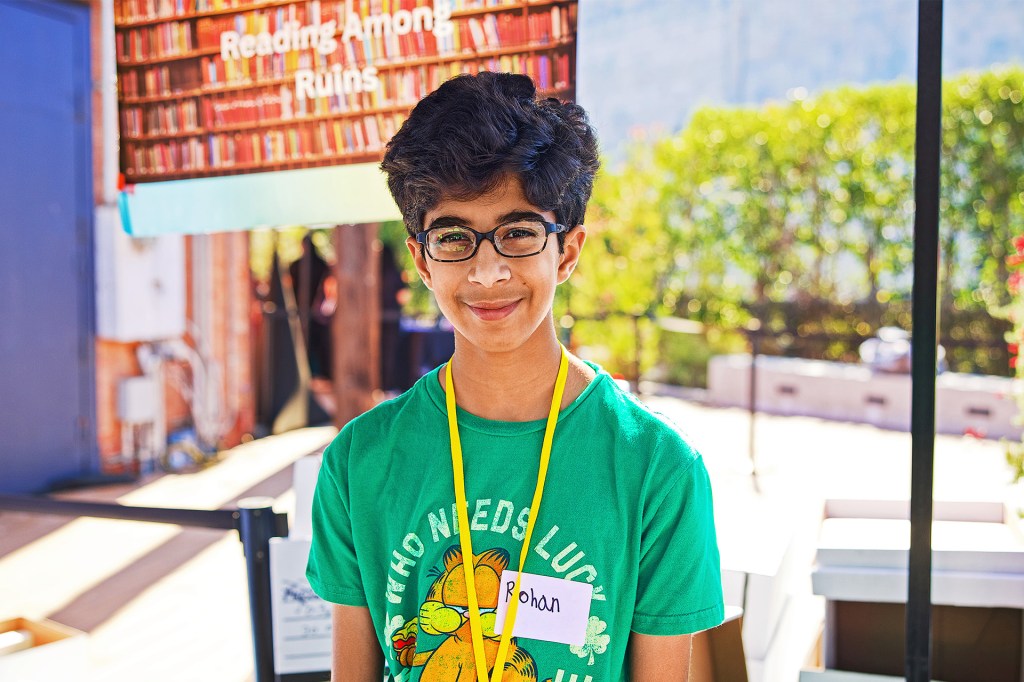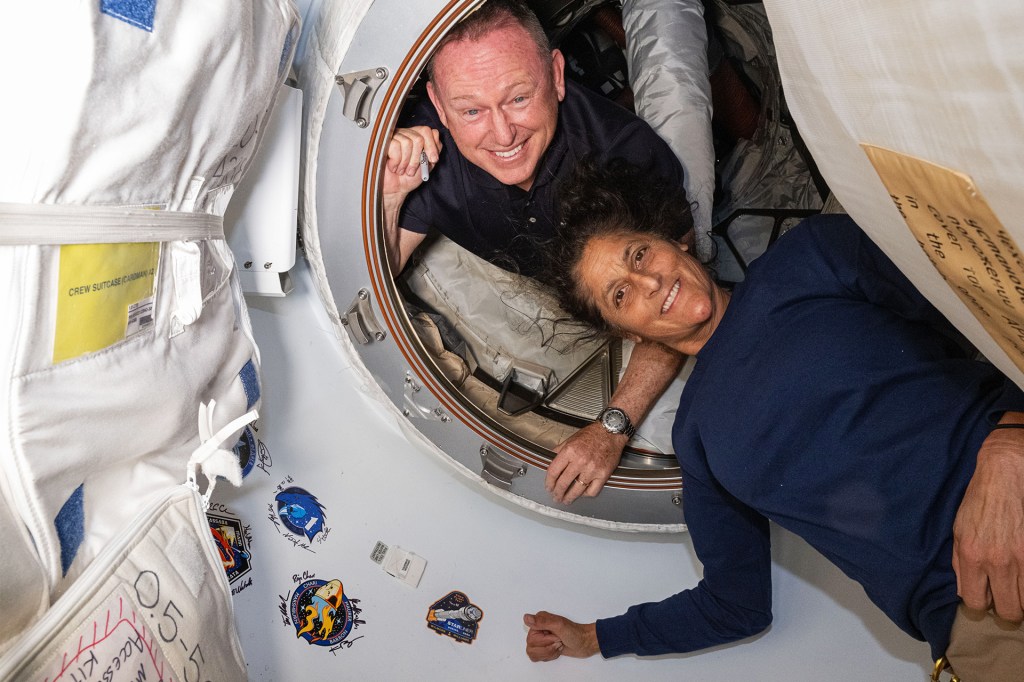Spring Ahead

On March 12, clocks in the United States and at least 60 other countries “spring forward” one hour for daylight saving time (DST). We lose an hour of sleep. But we get more daylight until November, when clocks “fall back” an hour as we return to standard time. This cycle has been going on for years.
Arizona and Hawaii do not observe DST. Meanwhile, Alabama, Colorado, and several other states have tried to make DST year-round. Last March, the U.S. Senate unanimously unanimously with everyone’s agreement (adverb) The family agreed unanimously on where to get dinner. passed the Sunshine Protection Act. It would make DST permanent and give Americans an extra hour of daylight, all year long. Congress did not pass the bill, and it’s unclear if lawmakers will try again. But one thing is certain: The time-change debate isn’t going away. Many factors, from health to energy use, make it a hot topic.
Important History
Daylight saving time was officially enacted in the U.S. in 1966. But the country first tried it in 1918, during World War I. It was a way to save energy. “It also allowed people to do things for the war effort after they got home from work, like plant gardens,” historian David S. Prerau told TIME for Kids. That extra hour still has benefits, he says. “It saves energy. It gets people outdoors. And it’s good for public health.”
Others say DST disrupts sleep. “The more our sleep patterns and body clock patterns don’t align align to line up beside; to match up with (verb) Make sure to align the books on the shelf. with what we need, for work and school, the worse it is for us, from a health perspective,” says Anne Skeldon, a mathematician who creates models of sleep behavior. The time change can be especially tough on teens, she says.
Decision Time
The Sunshine Protection Act is not the first effort the U.S. has made toward permanent daylight saving time. In 1974, DST continued into the winter because of an energy crisis. But in some states, sunrise was as late as 9:00 a.m. Kids had to wait for school buses in the dark. Some kids took flashlights with them. People disliked it so much, it was reversed.
In 2022, a CBS News poll found that 46% of Americans want DST to be year-round. They said more daylight puts them in a better mood. About one-third of those surveyed want standard time to be year-round. They said people get better sleep that way. Only 21% like switching back and forth, as we do now. What’s your preference?













